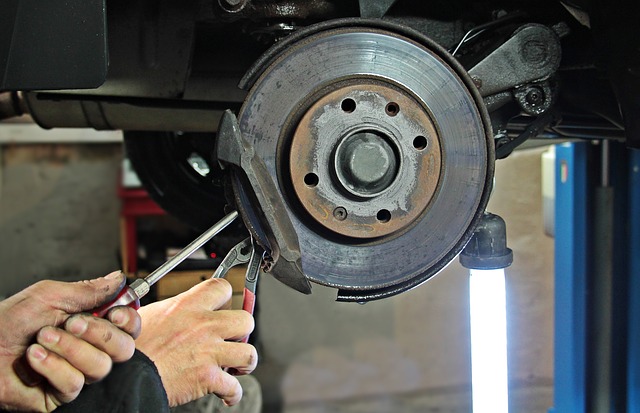Hyundai’s 48 Volt Electrical System

Hyundai has joined other manufacturers by designing 48 volt power systems into their cars. In particular, in the Tucson Mild Hybrid, a 48 volt system co-exists with resident 12 volt system. In order to understand why a high voltage 48 volt system is necessary requires a look back to the early days of automobiles.

The early days
In the early days of the automobile, virtually all the vehicles made domestically had 6 Volt electrical systems. At the time, thats all that was needed. 6 volt systems had plenty of power to start the low compression engines of the day and maintain their electical loads.
As engines grew in size and compression, however, the old 6 volt systems began to show their age. The result is that most of Detroit switched over to 12 volt systems in the mid-1950s, and 12 volt systems have served us well until the just recently.
Getting to know car batteries
In order to understand the whole voltage thing, we need to look at the different parts of a cars electrical system and see what they do. Let’s start with your car’s principal battery.
What your car battery does is pretty simple: it’s there to store electricity for high-demand situations, such as starting, lighting and other loads. Engineers determine the voltage of the battery and attached systems so there is enough power to start and run the vehicle.
The migration of 6 to 12 Volt
As we learned above, in the early days, car electrical systems were 6 Volt. 6 Volt systems worked just fine and prevailed for over 50 years. But things changed in the 1950s. Things like power windows, power seats, power antennas, radios, air conditioning started to appear. And, this caused a problem for engineers who needed an electrical system that could power all these things. More electrical power was needed.
The “more power” solution came from General Motors who in 1954 offered the first 12 Volt system in their Cadillac line. The rest of the American car industry quickly followed suit and within a few years every passenger car and truck made in the US had a 12 Volt electrical system.
Even more is needed
Today, we are at another transition point where we need more electrical power. Today’s cars offer a buffet of new electronic technology and the car engines themselves, which traditionally used little electrical power, now have lots of electrically-powered components themselves (power steering, power cams, power water pumps, etc).
48 Volt systems
Today, more system voltage is needed. While 36 volt systems were discussed for a while, the number that seems to be headed for standardization is 48 Volts, and several car companies have already jumped in the ring. The Hyundai Tucson is a Mild Hybrid and it uses a 48 volt sub-system primarily to store power from it’s engine-connected Mild Hybrid Starter Generator (MHSG).
We asked our subject matter experts at Winner Hyundai (Dover, DE) to help us understand the co-existance of 48 volt and 12 volt systems and this is what we learned. The 48 volt system is used for engine restarts after traffic stops, and assistance during hard acceleration. The 12 volt system powers all the rest of the automobile, including the starter during cold starts.





